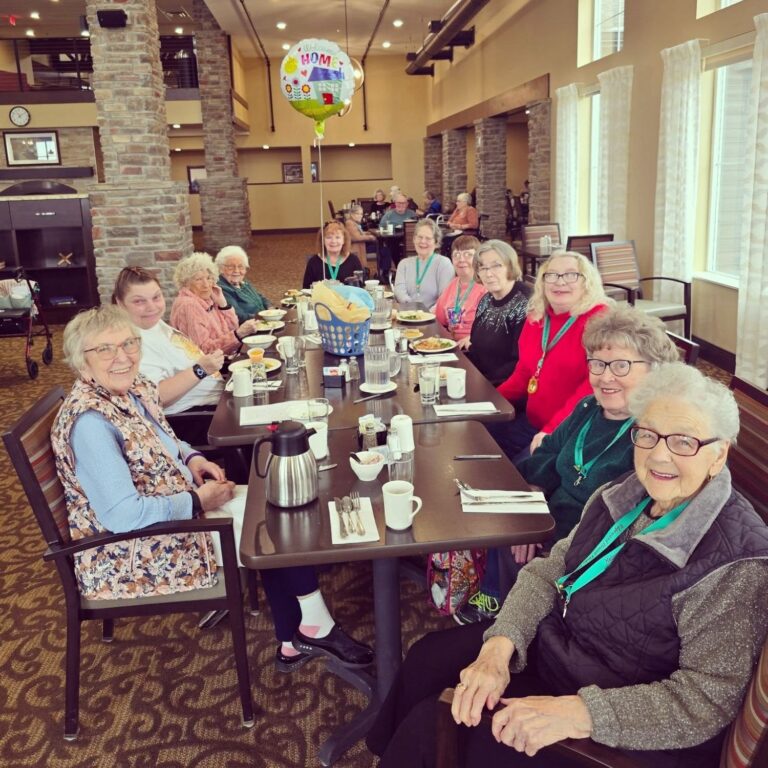
If you’ve ever wondered about the difference between “palliative care” and “hospice care”, you are not alone. The two forms of healthcare are often thought to be the same because they both focus on quality of life and provide physical, emotional, and spiritual support to a person diagnosed with an illness or condition.
However, hospice care differs from palliative care in several ways. If you or a loved one are considering these forms of care – or may need to in the future – we explain three of the primary differences below.
Find Senior Living Near Me
Hospice Focuses on End-of-Life Care
While palliative care is offered at any stage of a diagnosis, hospice care involves a team-oriented approach to provide expert medical care, pain management, and emotional and spiritual support to individuals whose illness has been identified as terminal by their doctors and other medical professionals. Hospice care is only available to patients with a life expectancy of six months or less but can be extended if a person lives longer and their prognosis remains terminal. Patients can use both forms of healthcare at the same time; however, palliative care is best utilized from the beginning of a diagnosis.
Patients in Hospice Care no Longer Receive Treatment to Cure their Disease
Patients who choose palliative care take medication, undergo tests and receive other treatment to cure their disease while minimizing pain and uncomfortable symptoms. Pain control and symptom relief are at the core of hospice care as well, but patients in hospice work with their physicians, hospice team and loved ones to create a treatment plan that no longer focuses on eliminating the disease. Instead, it’s centered around care that enables patients to be pain-free and live each of their final days as fully as possible according to their wishes.

Hospice is Covered By Medicare
Another way hospice care differs from palliative care is that it is covered under Medicare Part A if the patient meets the following criteria:
– Their hospice doctor and primary doctor determine they are terminally ill, with
a life expectancy of six months or less
– If they choose to use palliative care at the same time, it’s only for comfort rather than to cure
their illness
– The patient signs a statement to choose hospice care instead of other Medicare-covered
treatments for their terminal illness and related conditions
You may be required to pay a small copay for each prescription and other products that provide pain relief and symptom control while you receive hospice care. Coverage for palliative care depends on your benefits and treatment plan. More information about Medicare benefits is available on www.medicare.gov.

Hospice Care |
Shared Qualities |
Palliative Care |
|
|
|
We understand this decision can be difficult or uncomfortable to talk about with your loved ones. Our team at Edgewood is here to answer any questions you may have about hospice or palliative care, and to help you start the conversation. To learn more, see our communities or contact us to see if our hospice service is right for you.




